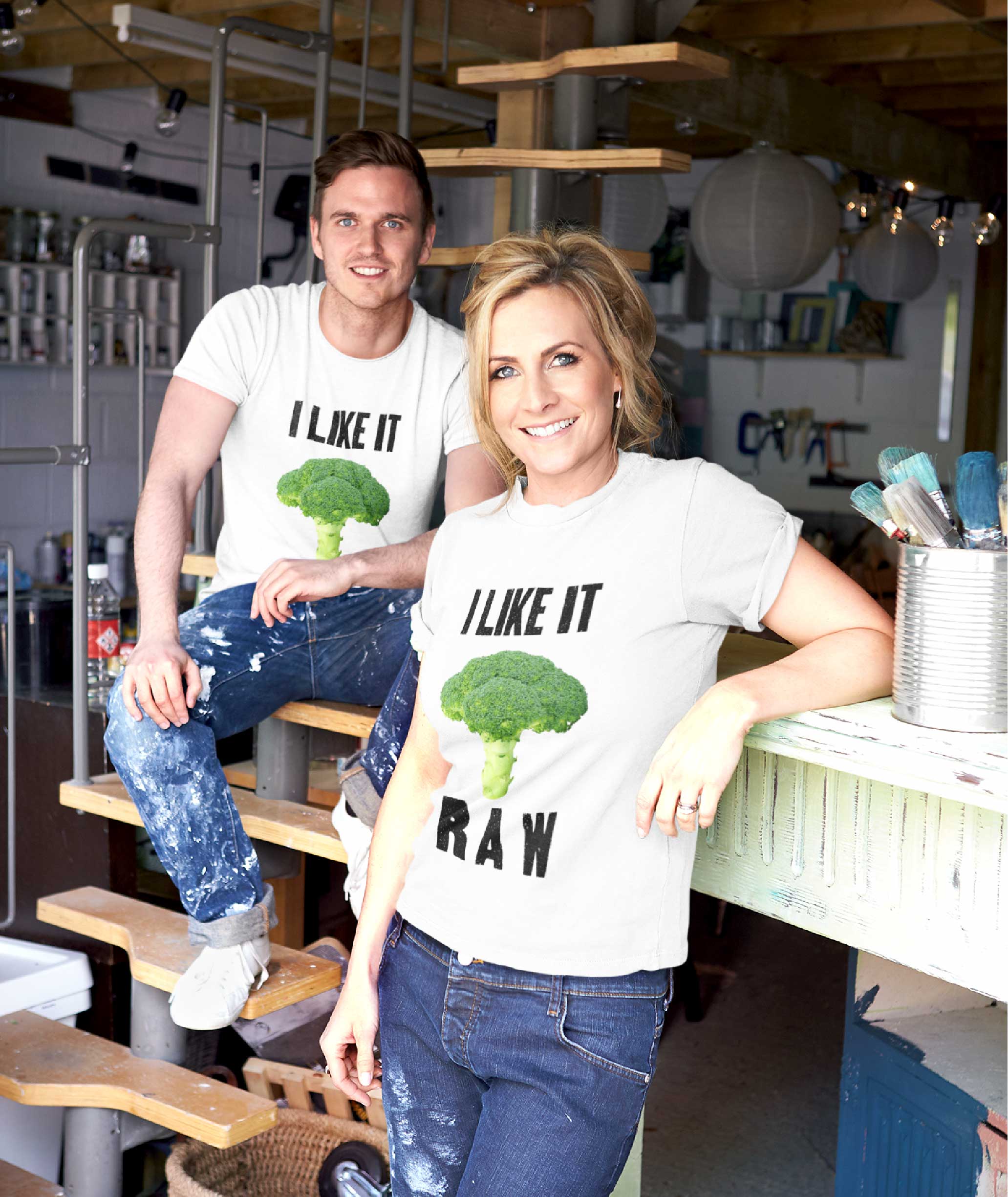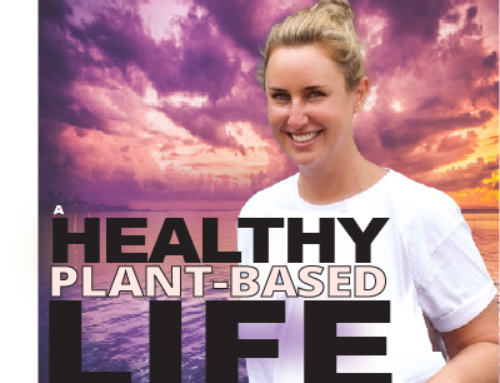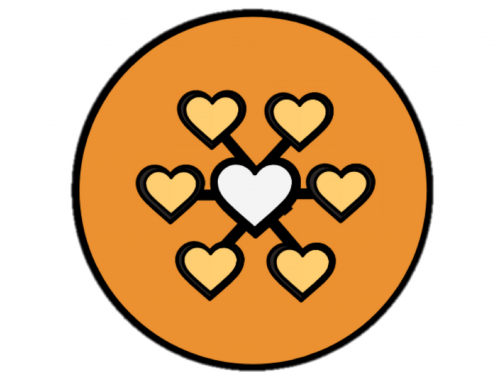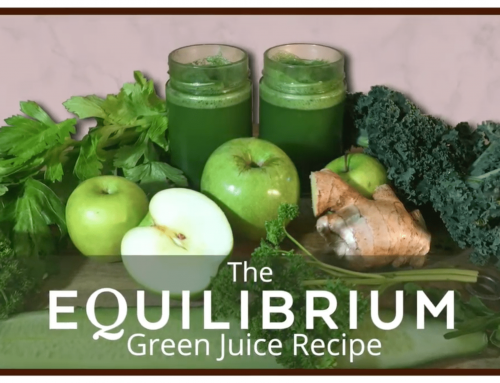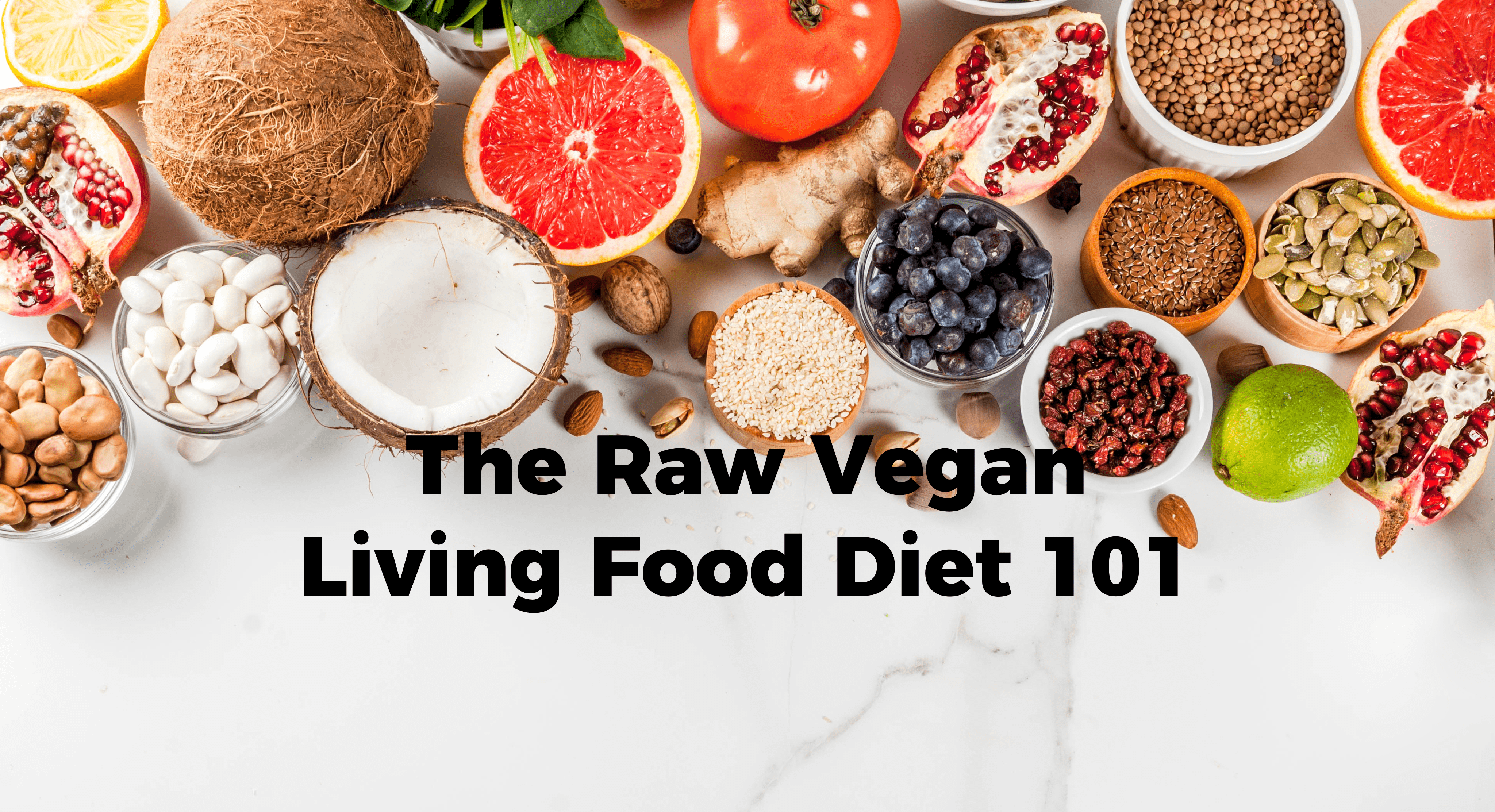
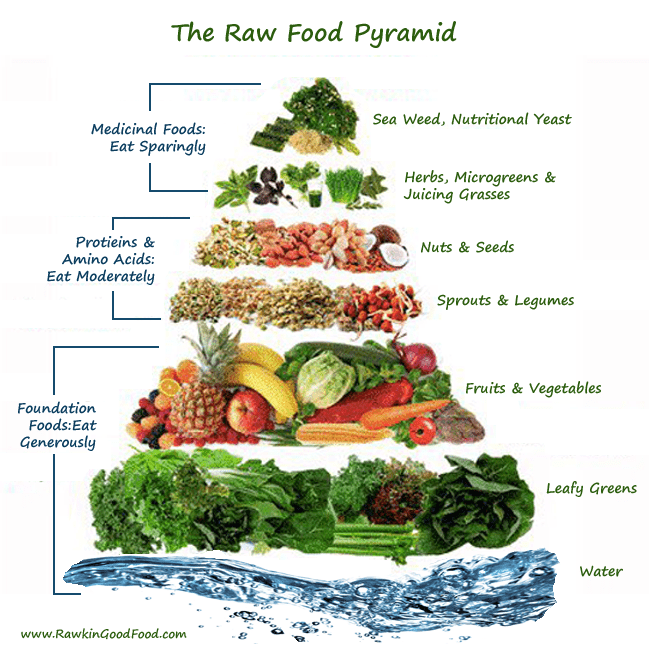
The Raw Vegan Living Food Diet 101
Of all of the nutritional theories out there, The Raw Food Diet is arguably the most restrictive and most different to everyday eating.
Why?
Simply because there are lots of constraints; notably that food shouldn’t be eaten if it’s cooked, and cooked is equal to anything heated above 118 degrees Fahrenheit or 40 degrees centigrade.
On top of that, most processed foods, including refined carbs are out, which means that pizza, pasta, bread and lots of similar products are out too! Oh, and there’s no dairy either which means forget cheddar cheese sandwiches, ice-cream and tall milky coffees.
But before you leave me at this point, and go away with the impression that a raw foodist and Bugs Bunny eat very similar diets, let me have your attention for just a few moments more and, you’ll find out:
- why the Raw Food diet has grown significantly in popularity over the last decade;
- what you can and can’t eat on a raw food diet and
- whether incorporating some more raw foods into your diet could be good for your personal health and wellbeing.
Let me start by being purist and explaining the principles of the strict Raw or Living food diet, a diet that connected well with me when I first stumbled upon it in 2005.
The first question most people ask a Raw Foodist, is: What do you eat? And this question is usually asked with a puzzled look on the face of the questionner! The answer is nicely summarised by the Raw Food Pyramid above, so let me look at the pyramid in a little bit more detail:
Superfoods is a whole blog post in itself, but in short, the raw food world loves superfoods as they are packed full of nutrients and enhance the flavours of the foods. Examples of superfoods include the starch Maca powder (a root from the Andes, said to give you additional energy and other benefits), protein from bee pollen, and sweet flavouring that you will find difficult to source but is well worth it such as Lacuma powder.
A typical raw foodist’s shopping list would include:
- Goji berries
- Cacao nibs (left) and powder these days is there too – that’s the raw form of chocolate – very powerful, very popular, and non processed.
- Coconut oil and flour for creating raw puddings and cakes
- Chia seeds, which is a complete protein and very versatile.
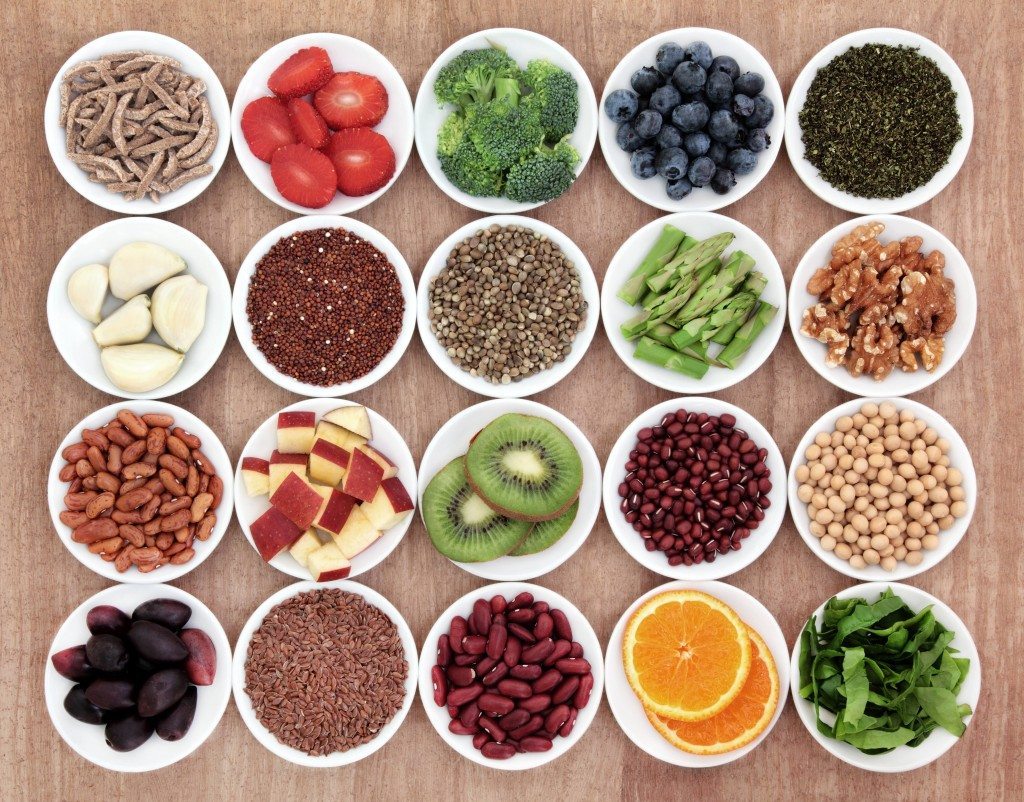
So is a raw food diet for you?
There are lots of health benefits to the raw food pyramid. For one it’s based on giving your body pure, water-based food that cleanses your body and fills it with nutrients. Given that the body is made up of 70% water, eating a diet that is also 70% water makes sense. Compare this to the McDonald’s diet which is the antithesis of a raw food diet, full of processed sugar and devoid of nutrients that clogs the body and has led to many of the health issues we’re all very aware of.
It’s also a diet, if done correctly, that leads to:
- weight loss,
- better skin
- more energy which can cause a ripple effect throughout your whole life as with excess energy, you can work more and achieve more than others.
In fact, when many people first transition to a raw food diet from a standard diet, they feel so amazing for the first few months (after they have detoxed), that they have to tell everyone and can come across as fanatical. There’s always a downside, though, and a strict raw food diet isn’t for everyone. The downside includes the fact that it:
- Can be very restrictive;
- Requires you to think about food in a completely different way;
- Can be difficult to get sufficient amounts of some nutrients, like protein;
- Can be high in sugar, particularly if you eat lots of fruit;
- Can be very expensive if you choose to eat imported super foods that are not cheap. Oh – and to really benefit, you need equipment such as a juicer and a blender.
None of these obstacles are impossible to overcome, but like any change, if you’re on a standard diet, time poor or on a tight budget, it can be a difficult transition; however it’s a transition I made and the key question is whether it was worth it?
Doing Raw Foods Properly
When I first came across the Raw Food Diet, I was overwhelmed as all of the rules I had followed were being rewritten and I was hearing information about superfoods for the very time. However, intuitively, what I heard resonated with me and it was easier for me to transition to the Raw Food Pyramid at the time as, for I start, I was already living on a diet devoid of both meat and dairy.
At first, I was pretty strict as I learnt the new rules and experienced many of the benefits that I mention above. After a while, though, I evolved my diet to include influences from different nutritional theories, so today whilst Raw Foods make up a large proportion of my diet, I do eat plenty of other things that are suitable for me, and the lifestyle I lead. If the Raw Food Diet seems logical to you, as it did to me, and you’re keen to educate yourself and include raw foods, even as part of a short-term detox, then there are some thriving communities around that can support you with recipes and inspiration.
People like Shazzie who’s book: ‘Detox Your World’ was a source or early inspiration for me, and of course, the King of Living Foods, David Wolfe.
The lovely drawing of the Raw Food Pyramid as above is by wonderful artist Audra, a raw foodist.


